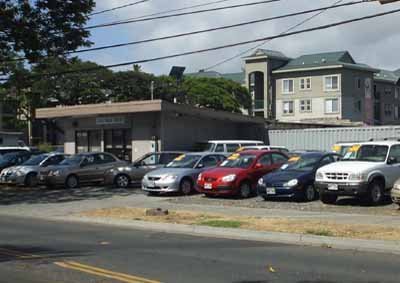New-used car price gap closing

"The shortage of quality, late-model used cars on the market, combined with the many excellent 'deals' available from manufacturers on new cars, has led to declining demand for used vehicles," said TransUnion Auto Information Solutions CEO Mike von Höne.
The number of one and two-year-old models available for resale had dropped due to a decline in new vehicle sales in 2009 and 2010.
"At the same time, the fall in the rate of new-car inflation from more than 10 percent in 2009 to less than five percent in 2010 and the first half of 2011, has resulted in a narrowing of the price gap between new and used cars."
The ratio of used to new cars financed dropped from 1.95 used for every new car financed in the first quarter of 2011, to just 1.63 used to new financed.
However, the number of used vehicles financed in the second quarter of 2011 was up 24 percent from the previous quarter. According to the index, new and used-car inflation was slower than in the second quarter.
The index, which measures the year-on-year price increases of a market-weighted basket of new and used vehicles, shows new-car inflation at four percent for the second quarter. That was higher than the rate of 3.7 percent in the first quarter.
Used-car inflation slowed from 3.4 in the first quarter to 3.1 percent.
"It's the slowest rate of increase since 2009 when used-car price deflation was a regular occurrence."
Both new and used inflation was lower than consumer price inflation which was 4.6 percent in May up from 4.2 percent in April.
Von Höne said the disruption of the Japanese vehicle manufacturing sector following the earthquakes and tsunami in March had no effect on new vehicle sales or pricing in South Africa.
"There have been some delays in component availability, which affected local manufacturers' ability to produce new vehicles, but this situation is not expected to continue for much longer," he said.


